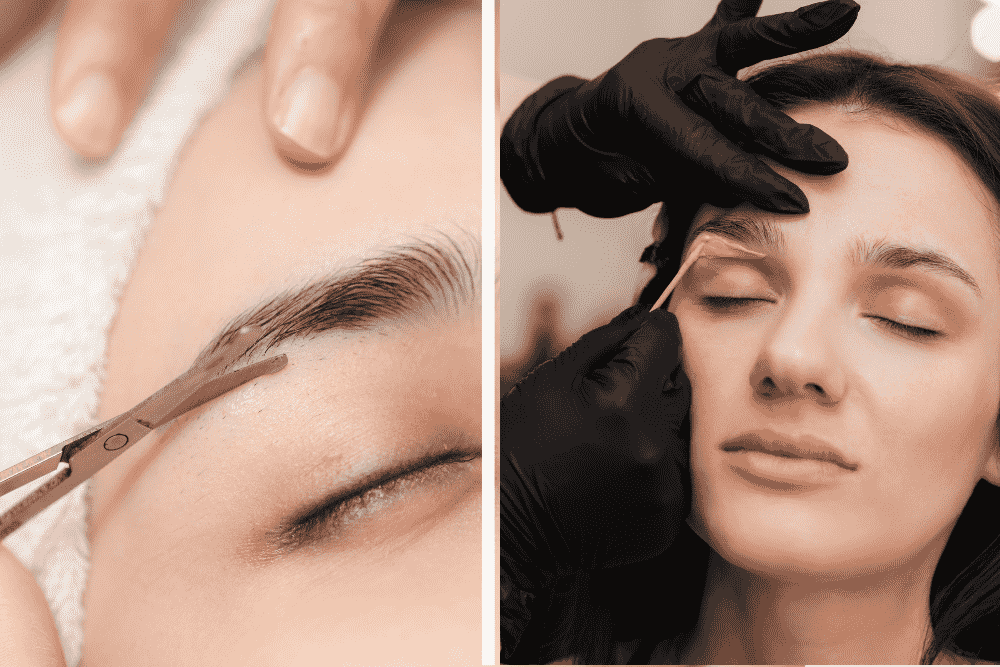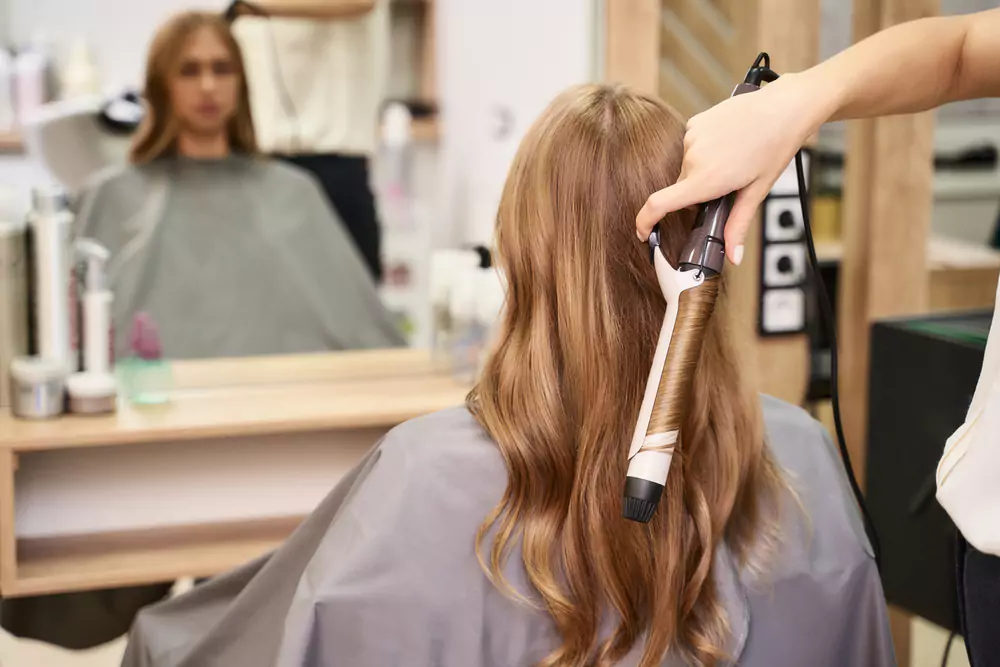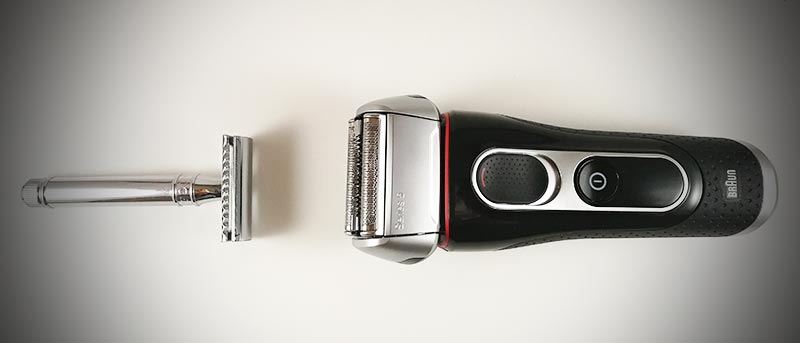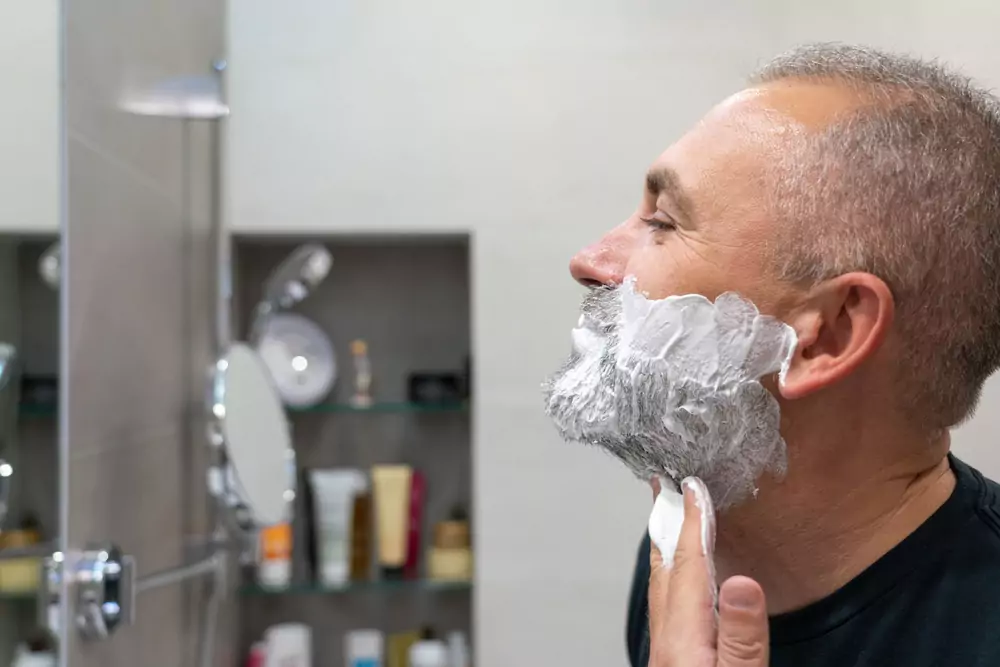As I delve into the realm of hair removal, the array of options—from trimming to shaving, waxing, plucking, and laser removal, as well as how to use shavers—poses a crucial question: which method reigns supreme? In this exploration, I confront the challenges inherent in each technique and seek viable solutions for achieving desired results.
By closely examining the differences between trimming and other hair removal methods, a clearer understanding emerges of their advantages and drawbacks. Trimming offers a swift, painless method for maintaining hair length without complete removal, ideal for touch-ups and shaping. Yet, for those desiring longer-lasting results, alternatives such as shaving, waxing, plucking, or laser removal may be preferable. By carefully weighing the pros and cons of each approach and considering individual factors like skin sensitivity and hair type, informed decisions pave the way for achieving smooth, hair-free skin with confidence.
Comparison Of Trimming With Shaving


When weighing the options of hair removal, the choice between trimming and shaving presents a significant decision. Each method offers its own set of advantages and drawbacks, influencing the overall outcome of smooth, hair-free skin.
Precision
Trimming allows for meticulous control over hair length, making it optimal for detailed grooming, particularly for facial hair sculpting or maintaining body hair at specific lengths. Conversely, shaving may lack precision, especially for intricate detailing, potentially resulting in unevenness or inconsistent hair length across the skin surface.
Time Efficiency
Trimming is often a quicker process compared to shaving, particularly for touch-ups or maintaining shorter hair lengths. With its straightforward approach, trimming minimizes the time spent on grooming routines. In contrast, shaving can be more time-consuming, especially for larger areas such as legs or arms, as it involves covering more surface area with each stroke.
Skin Irritation
Trimming tends to cause minimal irritation as the blades do not directly contact the skin, reducing the likelihood of razor burns or nicks. This makes trimming a preferable option for individuals with sensitive skin prone to irritation. On the other hand, shaving may lead to skin irritation, particularly if not executed with proper technique or using dull blades, resulting in discomfort or inflammation post-treatment.
Regrowth
Trimming results in gradual and natural-looking hair regrowth since the hair is simply trimmed rather than fully removed from the root. This gradual regrowth minimizes the appearance of stubble between grooming sessions. In contrast, shaving often leads to stubble regrowth within a few days, necessitating more frequent maintenance to sustain smoothness.
Convenience
Trimming offers convenience for quick touch-ups or on-the-go grooming since it does not require water or shaving cream. Its simplicity makes it an accessible option for individuals seeking efficient grooming solutions. Conversely, shaving may require additional accessories such as shaving cream or gel, as well as access to water for rinsing, making it less convenient, particularly in travel or spontaneous grooming situations.
Skin Sensitivity
Trimming is generally gentler on the skin, making it suitable for individuals with sensitive skin prone to irritation. The lack of direct skin contact with the blades reduces the risk of discomfort or redness post-trimming. In contrast, shaving may exacerbate skin sensitivity, especially if not followed by proper skincare routine post-treatment, potentially leading to irritation or inflammation.
Cost
Trimming typically incurs lower costs upfront, as it involves purchasing a trimmer or scissors that can last for an extended period with proper maintenance. This initial investment makes trimming a cost-effective long-term grooming solution. Conversely, shaving may involve ongoing expenses for replacement blades, shaving cream or gel, and aftershave products, which can accumulate over time, making it a potentially higher-cost grooming option in the long run.
Comparison Of Trimming With Waxing


When considering hair removal methods, the choice between trimming and waxing presents distinct advantages and drawbacks. Each method offers unique benefits in terms of precision, time efficiency, skin irritation, regrowth, convenience, skin sensitivity, and cost.
Precision
Trimming provides precise control over hair length, making it ideal for shaping and grooming, especially for facial hair or maintaining body hair at specific lengths. On the other hand, waxing removes hair from the root, offering longer-lasting results but less precision in terms of hair length control.
Time Efficiency
Trimming is generally quicker than waxing, particularly for touch-ups or maintaining shorter hair lengths. With its straightforward approach, trimming minimizes the time spent on grooming routines. In contrast, waxing can be time-consuming, especially for larger areas, as it involves applying wax, waiting for it to harden, and then removing it along with the hair.
Skin Irritation
Trimming tends to cause minimal irritation as the blades do not directly contact the skin, reducing the likelihood of redness or discomfort. This makes trimming suitable for individuals with sensitive skin prone to irritation. Waxing, on the other hand, may lead to temporary redness, inflammation, or ingrown hairs, particularly for those with sensitive skin or if not performed correctly.
Regrowth
Trimming results in gradual and natural-looking hair regrowth since the hair is simply trimmed rather than fully removed from the root. This gradual regrowth minimizes the appearance of stubble between grooming sessions. In contrast, waxing removes hair from the root, resulting in smoother skin for a longer period but also leading to longer intervals between regrowth and potentially thicker regrowth when hair eventually returns.
Convenience
Trimming offers convenience for quick touch-ups or on-the-go grooming, as it does not require specialized products or preparation. Its simplicity makes it accessible for individuals seeking efficient grooming solutions. Waxing, however, requires more preparation and can be messy, making it less convenient, particularly for spontaneous grooming or travel.
Skin Sensitivity
Trimming is generally gentler on the skin, making it suitable for individuals with sensitive skin prone to irritation. The lack of direct skin contact with the blades reduces the risk of discomfort or redness post-trimming. In contrast, waxing may exacerbate skin sensitivity, especially for those prone to irritation or if performed on delicate areas, potentially leading to temporary redness or inflammation.
Cost
Trimming incurs minimal costs as it requires only a trimmer or scissors, making it a cost-effective long-term grooming solution. This initial investment makes trimming accessible to individuals of various budgets. Waxing, on the other hand, may require professional services or purchasing waxing kits, which can be more expensive in the long run, especially for frequent treatments.
Comparison Of Trimming With Plucking


Exploring the realms of hair removal, the comparison between trimming and plucking unveils a range of considerations. Both methods, each with its own merits and drawbacks, offer distinct approaches to achieving smooth, hair-free skin.
Precision
Trimming, facilitated by tools such as the Vintage T9 Hair Trimmer, provides precise control over hair length, making it ideal for shaping and grooming with accuracy. Whether sculpting facial hair or maintaining body hair at specific lengths, trimming allows for meticulous detailing. On the other hand, plucking involves the removal of individual hairs at the root, which may be less precise, particularly in larger areas where shaping or maintaining specific hair lengths is essential.
Time Efficiency
Trimming typically requires less time than plucking, especially for touch-ups or maintaining shorter hair lengths. With its straightforward approach, trimming offers a quicker grooming routine, making it suitable for individuals with busy schedules or those seeking efficient grooming solutions. In contrast, plucking can be more time-consuming, as it involves removing individual hairs one by one, requiring patience and attention to detail, particularly for larger areas.
Skin Irritation
Trimming tends to cause minimal irritation as the blades of the trimmer do not directly contact the skin, reducing the risk of redness or discomfort. This makes trimming suitable for individuals with sensitive skin prone to irritation. Plucking, on the other hand, may lead to temporary redness, inflammation, or ingrown hairs, particularly for those with sensitive skin or if not performed with proper technique. The repeated pulling of hairs from the root during plucking can irritate the hair follicles and surrounding skin.
Regrowth
Trimming results in gradual and natural-looking hair regrowth since the hair is simply trimmed rather than fully removed from the root. This gradual regrowth minimizes the appearance of stubble between grooming sessions, providing a smoother, more even appearance. In contrast, plucking removes hair from the root, resulting in smoother skin for a longer period. However, this method may lead to longer intervals between regrowth and potentially thicker regrowth when hair eventually returns, particularly in areas with dense hair growth.
Convenience
Trimming offers convenience for quick touch-ups or on-the-go grooming, as it does not require specialized products or preparation. With the use of trimmers like the Vintage T9 Hair Trimmer, individuals can easily maintain their desired hair length with minimal effort. In contrast, plucking requires more time and precision, making it less convenient, particularly for larger areas or spontaneous grooming needs. The meticulous nature of plucking may not be practical for individuals seeking a quick and efficient grooming routine.
Comparison Of Trimming With Laser Removal


When considering hair removal methods, the comparison between trimming and laser removal reveals distinct advantages and limitations. Both methods offer unique approaches to achieving smooth, hair-free skin, catering to different preferences and needs.
Precision
Trimming provides precise control over hair length, allowing for detailed grooming and shaping with accuracy. With the use of trimmers like the Vintage T9 Hair Trimmer, individuals can achieve precise results, particularly for facial hair or maintaining specific hair lengths. In contrast, laser hair removal targets hair follicles with precision, resulting in long-term reduction or elimination of hair growth in treated areas. While trimming offers immediate control over hair length, laser removal offers a more permanent solution for reducing hair growth.
Time Efficiency
Trimming is typically a quick and straightforward process, ideal for touch-ups or maintaining shorter hair lengths. With minimal preparation and no downtime, individuals can easily incorporate trimming into their grooming routine. Conversely, laser hair removal requires multiple sessions over several weeks or months to achieve desired results. While each session may take only a short amount of time, the overall treatment process is more time-consuming compared to trimming.
Skin Irritation
Trimming tends to cause minimal irritation as the blades of the trimmer do not directly contact the skin, reducing the risk of redness or discomfort. This makes trimming suitable for individuals with sensitive skin prone to irritation. In contrast, laser hair removal may cause temporary redness, swelling, or discomfort during and after treatment. While these side effects are usually mild and subside within a few days, individuals with sensitive skin may experience more pronounced irritation.
Regrowth
Trimming results in gradual and natural-looking hair regrowth since the hair is simply trimmed rather than fully removed from the root. This gradual regrowth minimizes the appearance of stubble between grooming sessions. On the other hand, laser hair removal targets hair follicles to reduce or eliminate hair growth in treated areas. While regrowth may occur over time, it is typically finer and less noticeable compared to regrowth after trimming.
Convenience
Trimming offers convenience for quick touch-ups or on-the-go grooming, as it does not require specialized products or preparation. With the use of trimmers like the Vintage T9 Hair Trimmer, individuals can easily maintain their desired hair length with minimal effort. In contrast, laser hair removal requires scheduling appointments and adhering to a treatment plan over an extended period. While laser removal offers long-term results, the treatment process may be less convenient for individuals seeking immediate hair removal solutions.
Conclusion
In conclusion, when comparing trimming with shaving, waxing, plucking, and laser removal, it’s evident that each method has its own set of advantages and drawbacks. Trimming offers precision, minimal skin irritation, and convenience for quick touch-ups. Shaving provides a quick solution but may lead to irritation and frequent regrowth. Waxing offers longer-lasting results but can be painful and time-consuming.
Plucking is precise but time-consuming and may cause irritation. Laser removal provides long-term reduction in hair growth but requires multiple sessions and may cause temporary discomfort. Ultimately, the best method depends on individual preferences, skin sensitivity, and desired outcomes.
FAQs
Is It Better To Trim Or Shave Before Laser Hair Removal?
It’s generally recommended to trim rather than shave before laser hair removal to ensure the laser can effectively target the hair follicles without interference from stubble.
Is Waxing Or Shaving Better For Laser Hair Removal?
Shaving is typically better for laser hair removal as it doesn’t remove the hair follicle entirely, allowing the laser to target it effectively without interference from wax residue.
Which Is Better Trimming Or Waxing?
The choice between trimming and waxing depends on individual preferences and needs; trimming offers precision and minimal irritation, while waxing provides longer-lasting results but can be more painful and time-consuming.
Which Hair Removal Method Is Best?
The best hair removal method varies depending on factors such as skin sensitivity, desired results, and convenience; individuals may find shaving, waxing, or trimming to be the most suitable option for their specific needs and preferences.





